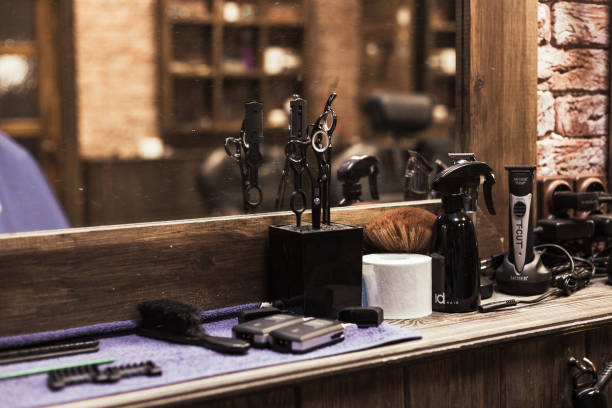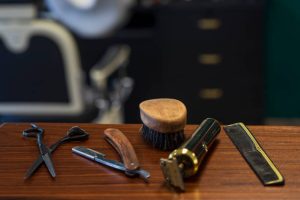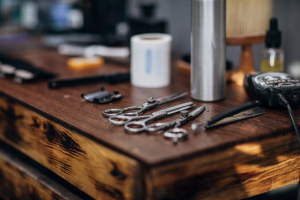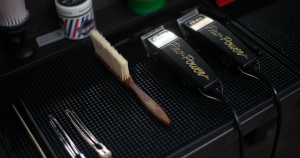1. Avoid hairstyles that pull on the hair.
Hair is flexible, but research showsTrusted Source that your hair can only be stretched so much before becoming permanently damaged. Hairstyles like cornrows, tight braids, and ponytails can pull your hair away from your scalp and loosen the bond between your hair and scalp over time.
2. Avoid high-heat hair styling tools.
Using heat to style your hair leaves your hair follicle dehydrated and vulnerable to damage. Hair dryers, hair straighteners, and curling irons can all damageTrusted Source your hair over time by causing moisture in your hair shafts to expand.
3. Don’t chemically treat or bleach your hair.
Chemically treating hair with methods such as bleaching damages hair by splitting protein molecules called keratinTrusted Source. If you’re concerned about hair loss, limit your use of dyes, highlights, peroxide treatments, and perms.
4. Use a shampoo that’s mild and suited for your hair.
The purpose of shampoo is to cleanse your hair of dirt and excess oil. Overwashing with shampoo can potentially harm your hair. SulfatesTrusted Source and some other ingredients have been linked to frizz, scalp dryness, and fragile hair.
There’s no evidence that any specific ingredients in shampoo cause hair loss, but they might contribute to less than ideal hair health. If you notice your hair is overly dry or frizzy, try a shampoo that’s as close to all-natural as possible.
Most shampoos for hair loss cost less than about $30 and aren’t covered by insurance.
5. Use a soft brush made from natural fibers.
Using a soft brush with fibers that are natural can potentially promote healthy oil levels on your hair. The keratin proteins in your hair are stacked like shingles on a roof, so brushing them gently in one direction, starting at the top and continuing through to the ends, can help smooth and condition your hair cuticle. Brushing hair daily can also help you avoid seeing hair clumps in your shower drain.
6. Try low-level light therapy.
Low-level light therapy promotes cell growth and repair. It’s a potentially effectiveTrusted Source treatment for male- and female-pattern baldness, the most common causes of hair loss in men and women. These genetic conditions cause a certain pattern of hair loss. For men, it starts at a receding hairline or bald spot at the crown. For women, it’s characterized by an overall thinning that often causes a wider part.
The authors of a 2020 review of studies recommend exercising caution when interpreting the research behind low-level light therapy for hair loss since some studies have conflicting interests.
Light therapy can be expensive and isn’t covered with insurance. One Beverly Hills clinic estimates the yearly cost at $3,500 to $5,000.





